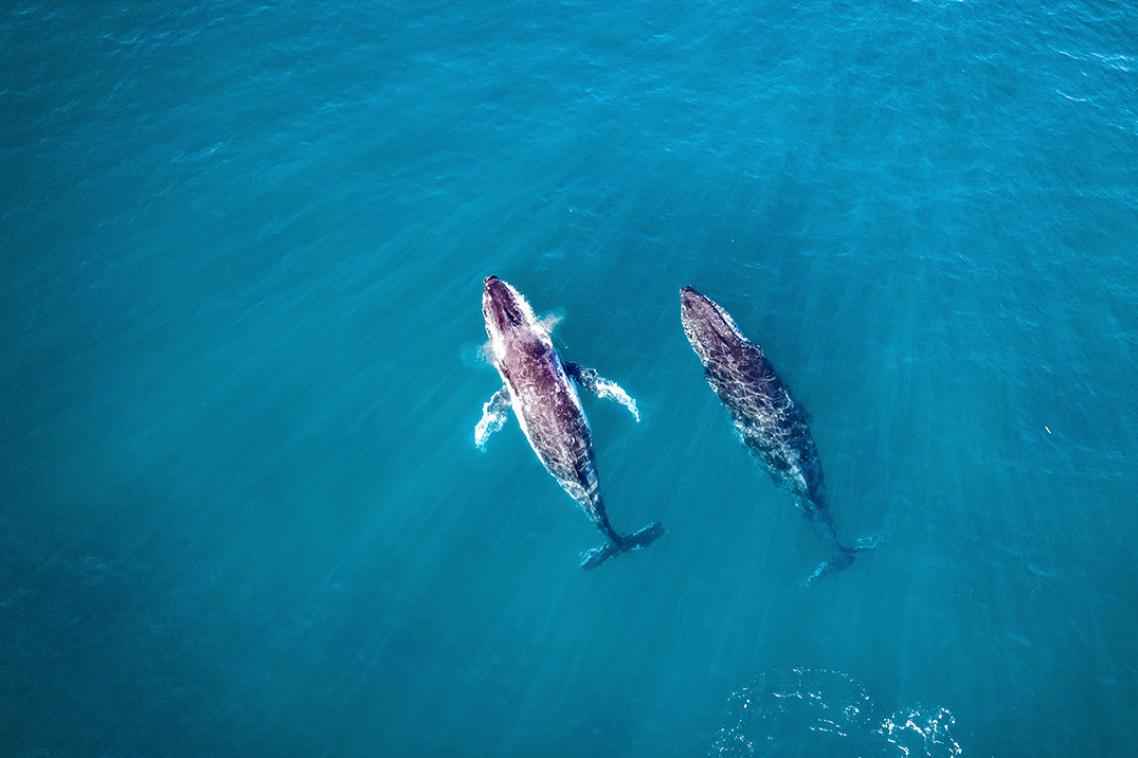Improvements in cervical cancer detection
A University of Queensland researcher has developed a new technology that could assist in significantly improving the rate of accurate cervical cancer detection.
Dr Jennifer Hallinan has developed statistical techniques to aid the detection of cell abormalities invisible to the naked eye.
Each year, cervical cancer claims 300 lives with 1100 new cases diagnosed, making accurate diagnoses essential for successful treatment.
Dr Hallinan said the technology, developed at the Cooperative Research Centre for Sensor Signal and Information Processing and the Computer Science and Electrical Engineering Department, had the potential to be of immediate use in Pap-smear screening.
Dr Hallinan developed a genetic algorithm to statistically analyse information extracted from Pap smear slides, allowing a computer to scan digital images of several hundred cells for Malignancy Associated Changes (MACs) which cannot be detected by visual screening.
MACs are very subtle changes in the nuclear texture of cells from a cancerous or pre-cancerous lesion. Once detected, a slide can be given a 'MACs score', which is used in conjunction with human screening to reduce the rate of false negative diagnoses.
"If the slide is given a high MACs score, the smear can be repeated immediately rather than one or two years later and the lesion diagnosed sooner," Dr Hallinan said.
"A slide may be classified as normal by a human screener because the smear simply does not include any malignant cells, something that happens reasonably often."
Dr Hallinan estimated that up to 38.6 per cent of false negative diagnoses are due to sampling errors. The manual checking of a Pap smear slide can take up to 20 minutes, making it expensive and labour-intensive.
"The technique could also be extended to other cancers which are hard to diagnose in a non-invasive manner. Researchers in North America are looking at MACs in breast, lung and bladder cancer," Dr Hallinan said.
"Because the system can be fully automated and run by non-experts, it has the potential to be useful in situations such as developing countries, where trained cytologists are rare and expensive."
For more information contact Dr Jennifer Hallinan (telephone 07 3365 4393 or email j.hallinan@imb.uq.edu.au) or contact Peter McCutcheon at UQ Communications (telephone 07 3365 1088 or 0413 380 012)
You can also email us at communications@mailbox.uq.edu.au
Related articles

Decades of surveys show whale migration shift

Should you consent to your doctor using an AI scribe? Here’s what you should know.
Media contact
UQ Communications
communications@uq.edu.au
+61 429 056 139
